Tara O’Brien
Narrative written by Ann de Forest
Photos by Dave Tavani
When Tara O’Brien arrived in Philadelphia in August of 2003, she wasn’t expecting to stay long. An artist and teacher back in her native southern California, Tara came east for a graduate program in Book Arts at the University of the Arts. She had few expectations. She was excited about her program and by the novelty of living in a big east coast city, but she intended to return to her job as an art teacher back home after she finished her degree.
Then, Arnold Schwarzenegger was elected governor of California. “He kind of obliterated arts in education,” says Tara, now 43. Though her tenure in her school district guaranteed her a teaching position on her return, she would have had to teach a subject like social studies, not art, despite her newly earned MFA degree. In Philadelphia, instead, she had found a supportive creative community. So she stayed in a city she has come to love for its rich history, its ease of transportation, and its sometimes surprisingly small town feel.
“I love that it’s a big town with lots of stuff in it in a very small space,” she says. “When he comes to visit, my Dad thinks I’m really famous because I always bump into someone I know.”
And while some early encounters with a brusque bank teller and a snide postal worker left her in tears (“Philadelphia people are tough, and my little California skin is real thin,” she says) she has come to love the locals as well. “I respect the fierce pride that Philadelphians have in their city. This wasn’t always an easy city to live in but because you live together and work together there’s this ‘Go Eagles!’ solidarity.”
In 2008, Tara bought a three-story stone twin with a wraparound porch on 40th Street. She stripped layers of tarry black linoleum from the floors, revealing warm hardwood boards underneath. She broke through walls to create more open, fluid spaces, and painted the rooms in bold, saturated colors that celebrate her west coast roots. A friend, she recalls, took one look at her bright orange hallway and said, “Oh, that has to go,” Tara laughs.
Before she found the house on 40th Street, she had been house hunting for seven months all over West Philadelphia, knowing only that she wanted her kitchen on the second floor (“Don’t ask me why.”) and did not want to be a landlord. Tara did get her kitchen, and ended up with a tenant as well. She doesn’t mind. Divided into a triplex, the house ended up being ideal for her particular needs. Standing at her kitchen counter, she can see the Center City skyline from her front bay window. The entire second floor is her living space, shared with her three cats, while the first floor functions as her studio. A sewing machine, a heavy-duty paper cutter, a long table covered with bolts of fabric, and other tools and materials she uses to make her limited edition artists’ books fill what would have once been a parlor and dining room. She rents out the third floor apartment and feels fortunate that a Drexel graduate student and his girlfriend have been steady tenants for more than four years.
When it was built 130 years ago, Tara O’Brien’s three-story house was one in a chain of sturdy and elegant stone twins that lined the block of N. 40th Street between Filbert Street and Powelton Avenue. Today, Tara’s is the only house that retains its original serpentine stone façade, offering a glimpse of what the block looked like at the turn of the 20th century.
Her wide side yard that extends behind the house was also part of the original design. Tara calls her backyard her secret garden. There, she grows kale, tomatoes, basil, raspberries, and “a sad little blueberry bush”. She also keeps bees. Her two hives came from a man who was scouting for a place in the city to keep his bees. When he left with his bees a few years later, the abandoned hives seemed so desolate, Tara decided to try her hand at beekeeping. “The year that he abandoned them it was so lonely not to see them … zooming in and out all year round,” she says. Now her yard hums with the worker bees’ comings and goings. Tara, who between her job as a book conservator at the Historical Society of Pennsylvania, her teaching book arts at Moore College of Art, and her own art practice has plenty to keep her occupied, is fascinated by the complexities of the bees’ society and the fragility of their existence.
Tara worries that new development could intrude on her backyard paradise. Her next door neighbors, the Els, are investigating the zoning for a vacant lot that abuts their properties on tiny Wiota Street. A garage on that site burned down decades ago, and now the neglected lot could easily attract developers eager to build lucrative housing for Penn and Drexel students. “I’m terrified that they’re going to put in a three-story ugly thing… Those cardboard apartment buildings are going up everywhere.” Ugliness aside, “I don’t want them to steal my sun,” Tara says.
Penn’s burgeoning medical center already “stole my rainbows,” she says, half joking. From her kitchen, she points to the bulky blue glass building two blocks to the east, as ambulance sirens blare in the background. “That building is so shiny it reflects the sunshine back, so I never get rainbows any more. How silly is that!” she adds.
Joking aside, she fears that as Penn and Drexel’s footprint grows, much of the surrounding neighborhoods character will be lost. The old church around the corner, the blocks of brick houses up the street, even though rundown, “have more character and personality,” she says, than the new buildings going up to house students. “The new buildings are ugly. All the utilities and all the trash are out front… I understand the need for development” she says, “but I don’t want to lose any more of these family homes.”
Tara admits she feels like a Californian in exile. She misses her native state’s courteous, rule abiding-drivers, lack of humidity, and progressive politics. And though she is very close to her next door neighbors, the block on the whole is “a revolving door” of student rentals, and she has little interaction with the residents of Center Post Village across the street.
“This is not a neighborhood,” Tara cites the single downside to where she lives. “Not the way some of the other neighborhoods are in Philadelphia, where everybody knows everybody on the street, and everybody sits out on their porches and says hello to people as they pass.”
But her 19th century house and studio with the bright-colored walls has become home. “It’s my space,” she says, and looks around. “It’s my space with all of my junk. It’s where when I want something I know where to find it.” Throw in the three cats, and that is Tara’s definition of home, “the place where I get to be who I want to be.”


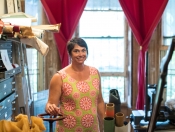
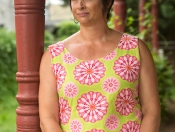


 Emi and Afaq Mahmoud
Emi and Afaq Mahmoud 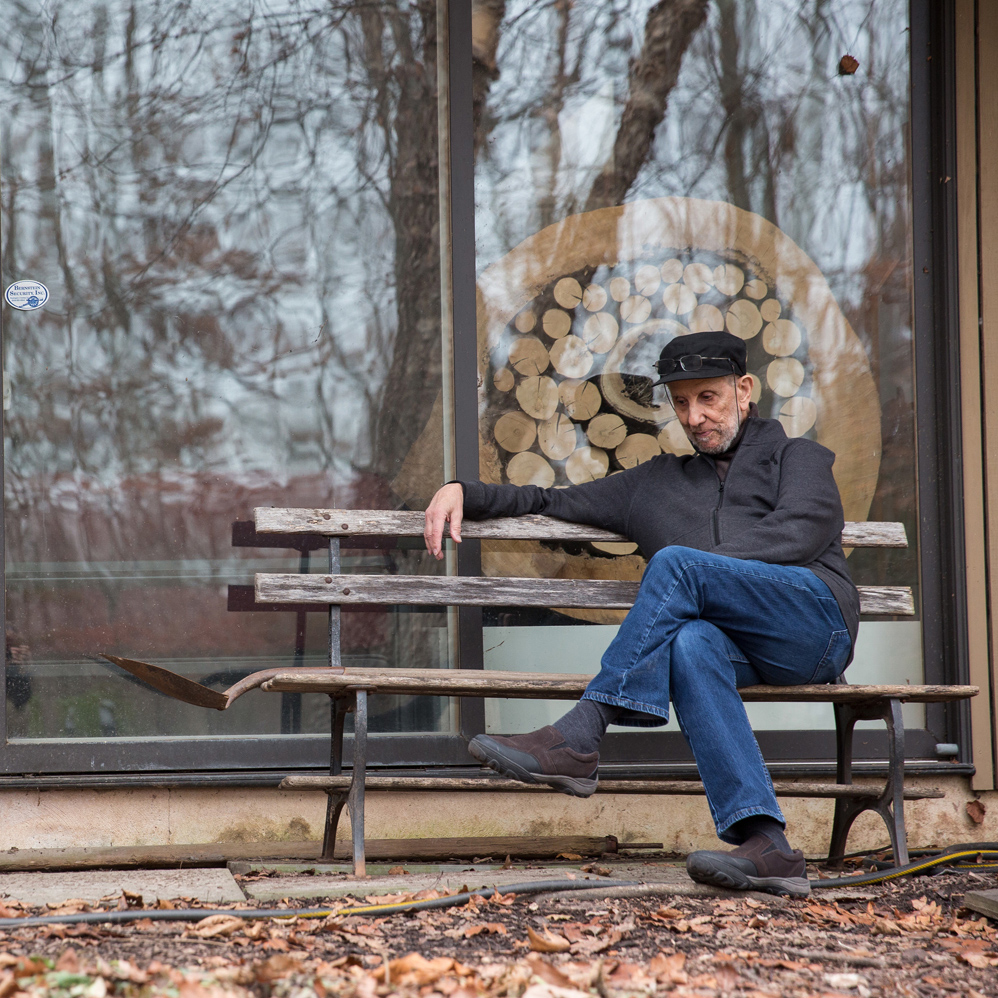 Rajie Cook
Rajie Cook 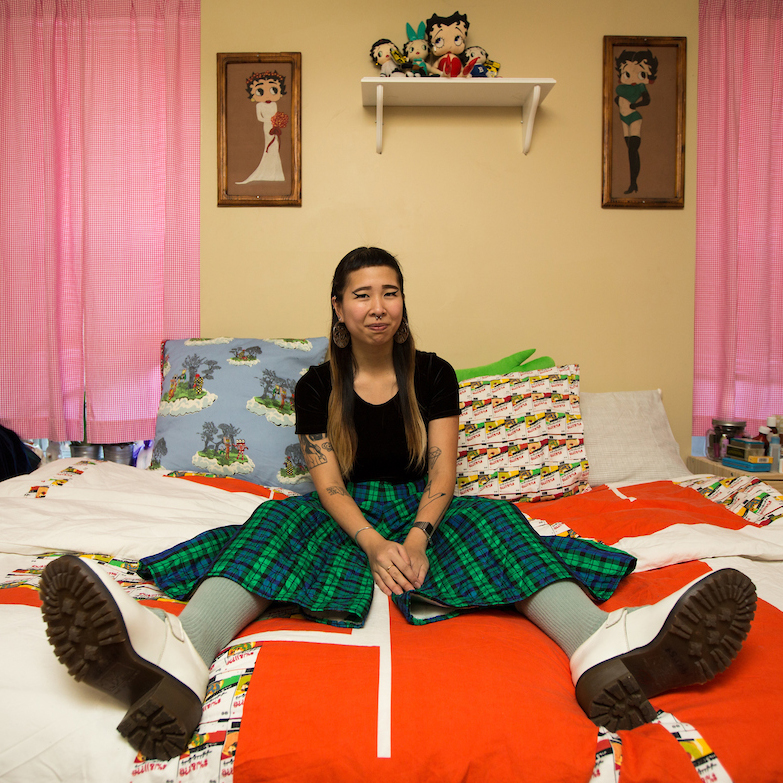 Cocoa Mahoney
Cocoa Mahoney 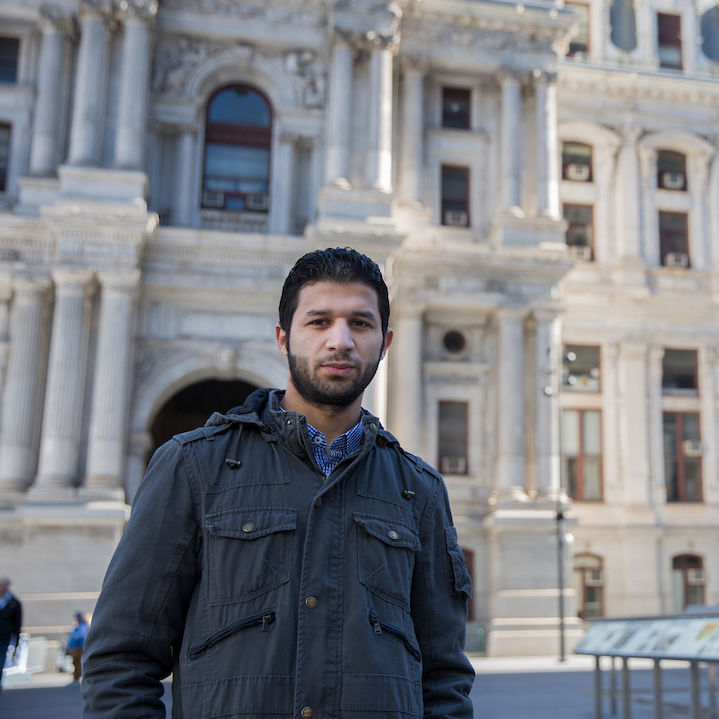 Yasser Allaham
Yasser Allaham 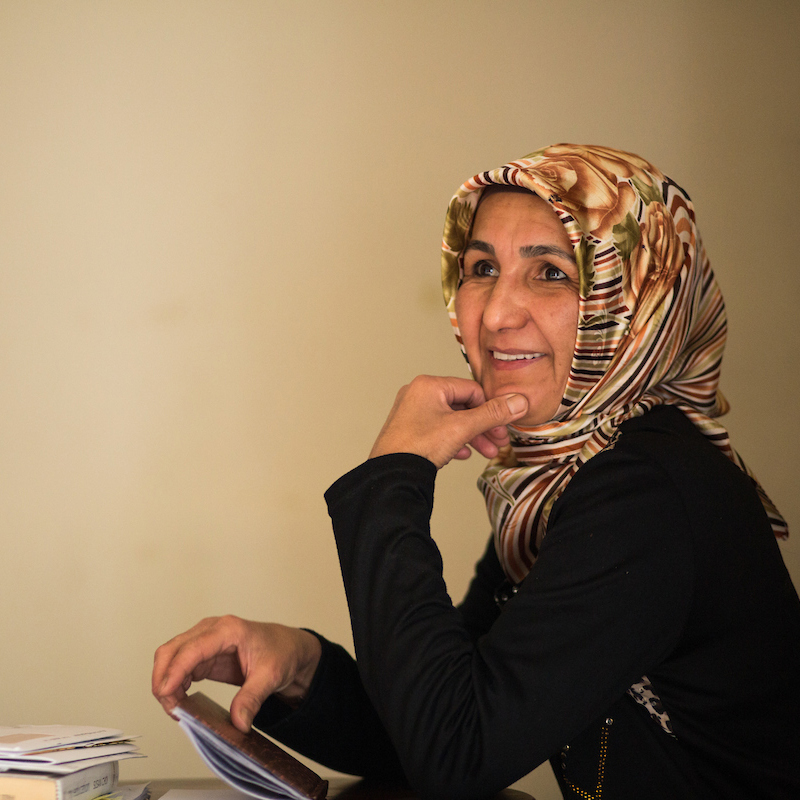 Gulnora Ravshan
Gulnora Ravshan  “Floating Outsider”
“Floating Outsider” 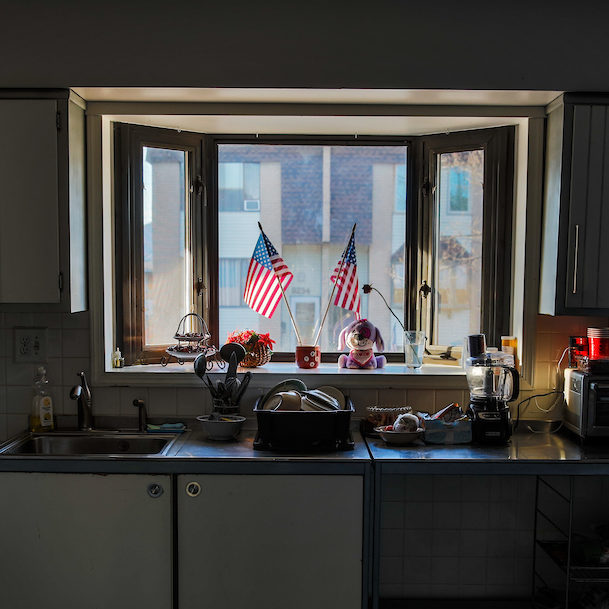 “Ahmad” & “Zainab”
“Ahmad” & “Zainab” 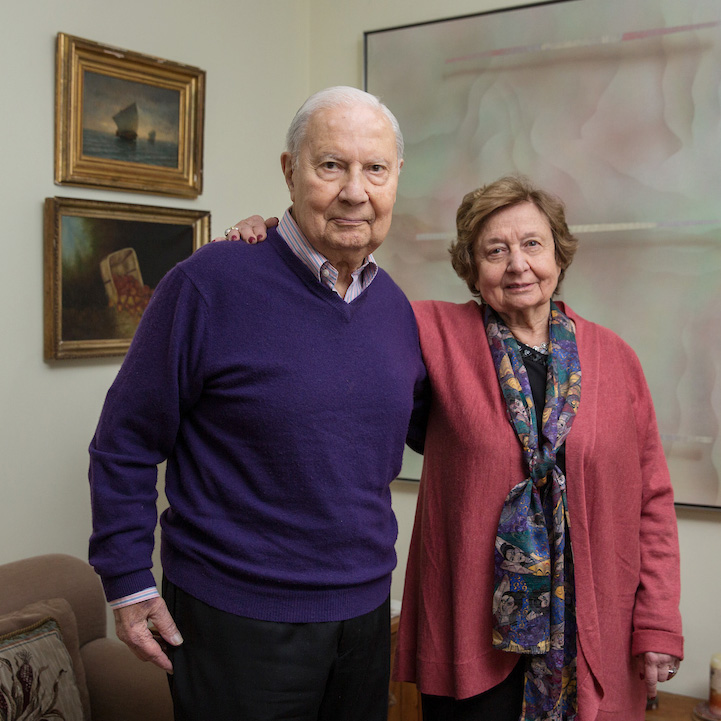 Jack and Gloris Dunnous
Jack and Gloris Dunnous  Maria Turcios
Maria Turcios 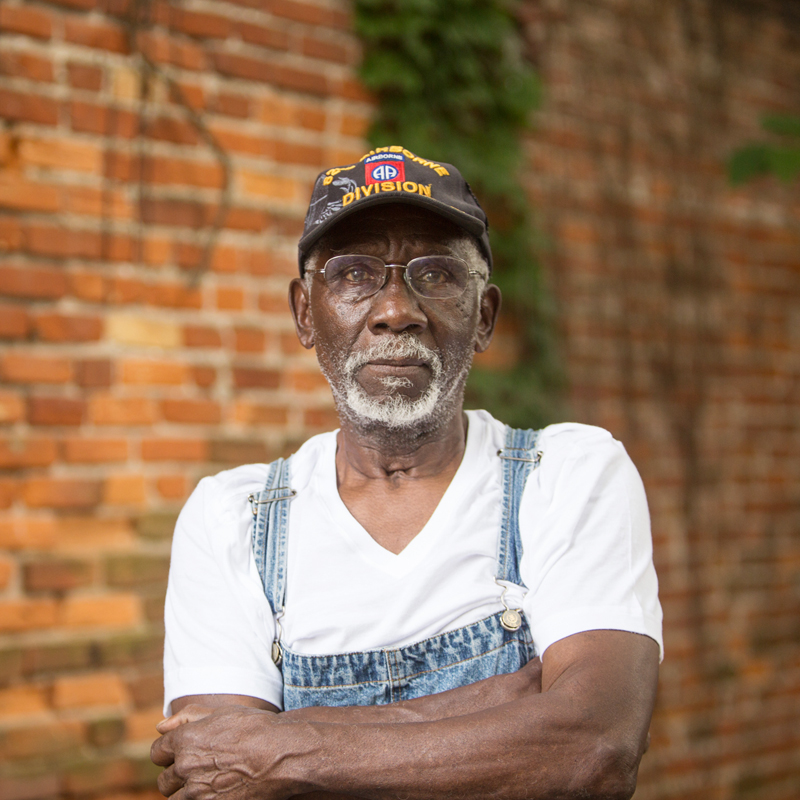 Lafayette El
Lafayette El  Sophia Simpson
Sophia Simpson